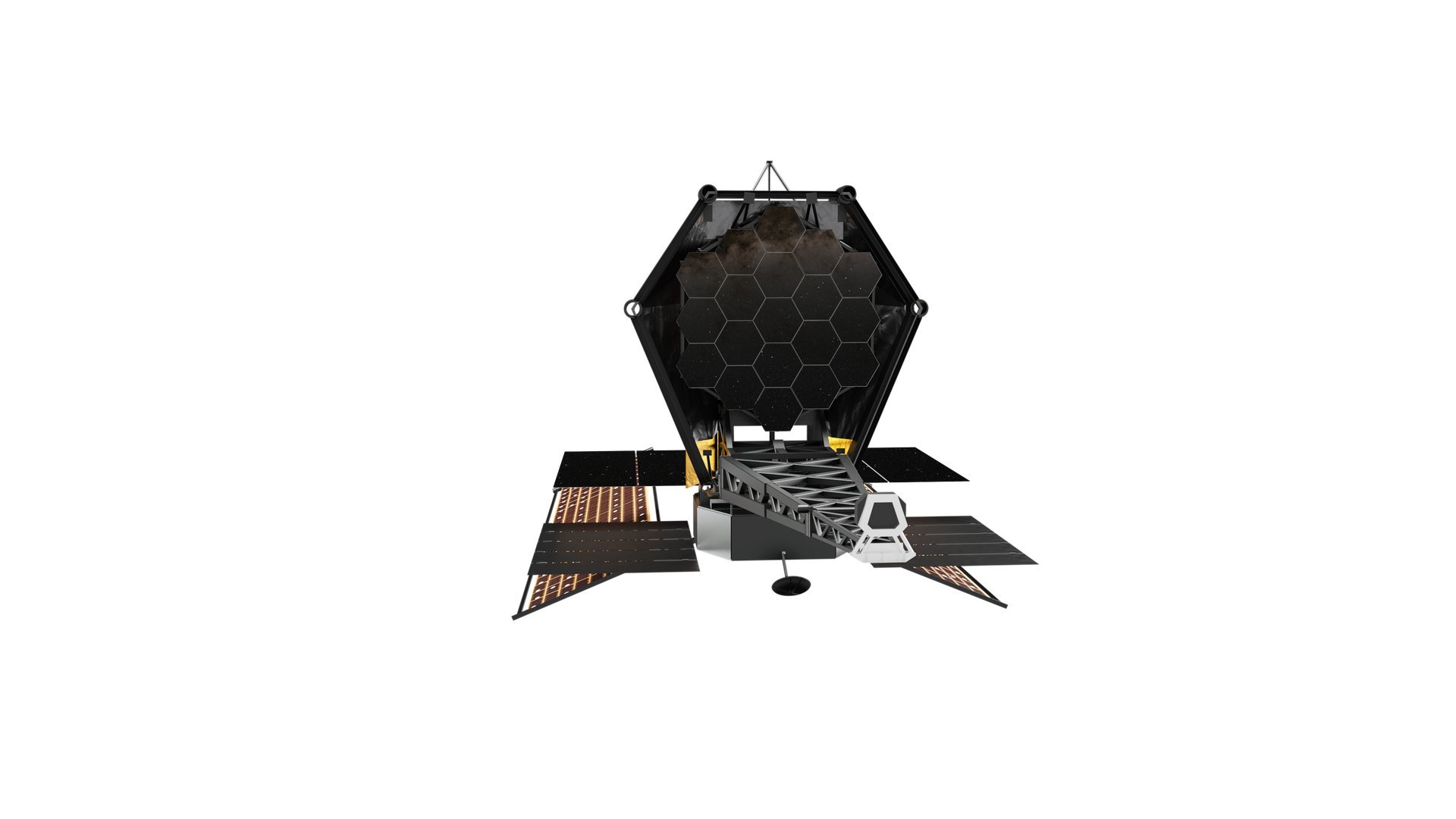Searching for habitable exoplanets will require decades of work, new technologies, and new ideas. A lot of that effort seems to coalescing around the Habitable Worlds Observatory (HWO), a proposed mission expected to launch in the early 2040s that would be capable of directly imaging potentially habitable worlds, and, importantly, detecting features about them that could prove whether or not they host life as we know it. A new paper by exobiology specialists in Europe and the US, led by Svetlana Berdyugina of ISROL in Locarno, Switzerland, details an observational plan with HWO that could definitely prove that life exists on another planet – if they’re able to find one where it does anyway.
HWO and its planned observations are part of the outcome of the Astro2020 Decadal Survey. That report showed an increasing interest to find a habitable exoplanet, and potentially definitively answer the question “are we alone in the universe?” But to do so is going to take some technological advancements – and a lot of money.
Two of the most important features of HWO are its coronagraph, which blocks the light from a star while allowing light from its exoplanet to shine through, and its polarimeter, which detects how light vibrates as it travels through space. While each of these systems has been launched on previous missions, HWO’s integration of both and design from the ground up to specifically target habitable exoplanets will make it much more capable than existing space telescopes for its intended mission.
Fraser discusses the importance of biosignatures.
The HWO itself is still too early in the development stage, but estimates put it in the $10bn range. But, while that might seem expensive, it would provide a space telescope unmatched in its ability to answer one of life’s most fundamental questions. The new paper lays out just how it would do that.
It proposes a 4-stage observational program. First would be finding potentially habitable worlds. Next up would be trying to determine if those worlds are “living”. Then HWO would try to map these worlds in greater detail, potentially giving a breakdown of surface area vs water / cloud cover. The final step would be measuring whether there are homochiral molecules that would be indicative of life as we know it.
Finding potentially habitable worlds isn’t the purview of HWO alone. JWST and other space telescopes have already been looking, and have started to add items to the list of those in the habitable zones of other stars. HWO can further contribute to this because of its integrated coronagraph and polarimetry capabilities.
Fraser discusses the importance of what a “sufficient” biosignature is.
Next up would be finding “Living Worlds”, which primarily means searching for “biopigments” like chlorophyll. These have a distinct pattern in polarized light that would be detectable by HWO, but not by existing instruments that would simply search for the planets themselves.
Once a suitable candidate for a Living World is found, the next step would be to create a surface map of the world. We’ve discussed the difficulty of doing so at high resolution in other recent articles, but at least in theory, HWO could create a very low resolution map of a far away habitable exoplanet, and help map out the differences between land, ocean, and wherever might be covered by photosynthetic life.
But that is all a prelude to the fourth, and most important step in the observational pipeline – chirality. In astrobiology circles, chirality is most talked about as a smoking gun that would definitively prove there is life on another planet. All life on Earth uses molecules that are homochiral, meaning they are either “right handed” or “left handed” according to the direction in which the proteins they are made out of fold themselves.
Fraser discusses the future of exoplanet research.
Importantly for the HWO, that chirality means it creates a signal in polarized light – specifically in a type called “circular polarization”. In this polarization, light oscillates in a circle – either clockwise or counter-clockwise depending on which chirality the molecules are. HWO is especially capable of detecting these signals even though they are expected to be very, very weak (0.1% of the whole spectra signal). However, those weak signals are expected to show very clear, narrow, spectrally distinct signs that are caused only by biological molecules, as opposed to other, more general processes that could create circular polarization like light scattering or reflections off of metal surfaces.
If HWO does find such a signal, it would be a smoking gun of life existing on that world, according to the paper at least. Whether or not it will ever get to that point, especially given all the budget cuts to large-scale observational missions lately, remains to be seen. However, if the project stays on track and on budget, in a few decades we could be getting the first glimpses of an exoplanet’s biosphere, and all the nuances that go along with it.
Learn More:
S. Berdyugina et al – Detecting alien living worlds and photosynthetic life using imaging polarimetry with the HWO coronagraph
UT – Astronomers Think They’ve Found a Reliable Biosignature. But There’s a Catch
UT – Clouds Could Enhance the Search for Life on Exoplanets
UT – Want to Find Life? You’ll Want Several Exoplanets in the Same System to Compare
